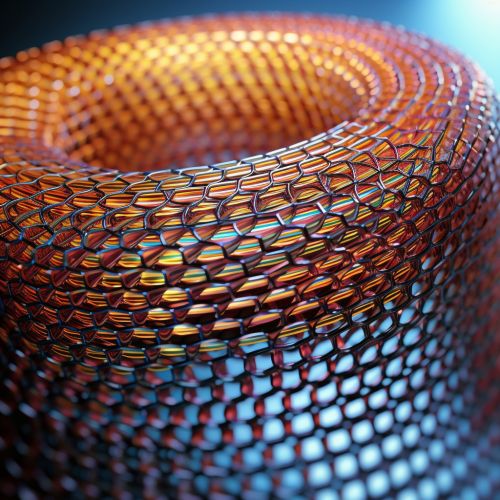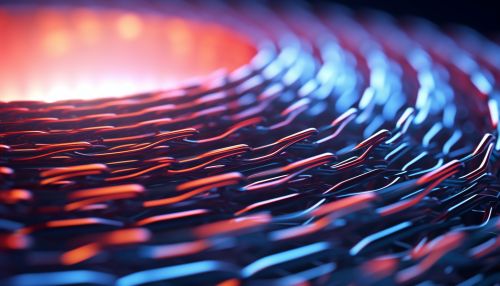Type-II superconductor
Introduction
A Type-II superconductor is a type of superconducting material that exhibits unique properties when subjected to magnetic fields. Unlike Type-I superconductors, which completely repel magnetic fields up to a certain critical value, Type-II superconductors allow magnetic fields to penetrate their interior in a phenomenon known as vortex pinning. This characteristic makes them particularly useful in a range of technological applications.


Discovery and Classification
The classification of superconductors into Type-I and Type-II was proposed by the Soviet physicist Lev Landau and his student, Alexei Abrikosov, in the 1950s. Their work expanded upon the BCS theory of superconductivity, which had previously been developed by John Bardeen, Leon Cooper, and John Robert Schrieffer. The BCS theory successfully explained superconductivity in Type-I materials but failed to account for the behavior of certain superconductors in magnetic fields, leading to the introduction of the Type-II category.
Properties
Superconductivity
Like all superconductors, Type-II materials exhibit zero electrical resistance below a certain critical temperature, known as the critical temperature. This property allows them to conduct electric current without energy loss, making them highly efficient for use in electrical systems.
Magnetic Field Penetration
A defining characteristic of Type-II superconductors is their ability to allow magnetic fields to penetrate their interior. This occurs in the form of quantized magnetic vortices, a phenomenon known as vortex pinning. The number and arrangement of these vortices depend on the strength of the applied magnetic field and the properties of the superconductor.
Critical Fields
Type-II superconductors are characterized by two critical magnetic fields, Hc1 and Hc2. Below Hc1, the superconductor behaves like a Type-I superconductor, completely expelling the magnetic field. Between Hc1 and Hc2, magnetic vortices begin to penetrate the superconductor, and above Hc2, the material loses its superconducting properties.
Applications
Due to their unique properties, Type-II superconductors have found widespread use in a variety of applications. These include Magnetic Resonance Imaging (MRI) machines, particle accelerators, and superconducting magnets for nuclear fusion reactors. They are also being explored for use in quantum computing and superconducting power lines.
